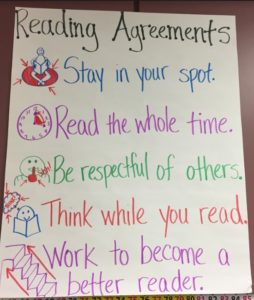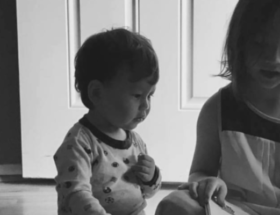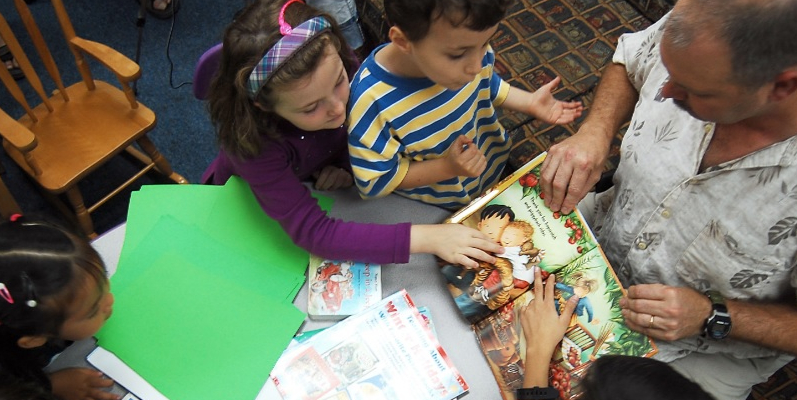Thank you to Amy Bettis, kindergarten teacher in Texas, for guest blogging on That Thing You Do segment today. Amy shares today how she and her students engaged in the important work of learning behaviors that lead to strong readers.
Imagine a classroom full of young students reading independently: you hear the low hum of several students sounding out words and/or reading to themselves, you see students scattered comfortably all around the room with their own stack of self-selected/high interest/good fit books next to them, and you feel the heartbeat of excited, authentic learning pulsing throughout the room.
That was the vision my teaching mentor cast for me last year. Then she gave me steady support and loaned me her copy of Simple Starts: Making the Move to a Reader-Centered Classroom by Kari Yates. This short book written for elementary teachers gave me a wealth of fresh, simple strategies to help my students reach their reading goals and to make that idyllic vision of a classroom of independent readers a reality.
Simple Starts emphasizes that the more students read, the stronger readers they will become – and that independent reading is crucial to the development of excellent readers. Independent reading is crucial, but it can easily become chaotic and a challenge to manage. I found a great anchor chart in Simple Starts to help me teach my students to self-regulate their behavior during independent reading time:
After lessons on how to handle books with care and helping every student find their own reading spot, I launch into our Reading Agreements lessons. Since I shepherd a flock of kindergarteners, I only tackle only one reading agreement a day – drawing/discussing the picture/words for an agreement, modeling the behavior myself or with other students, releasing them to go practice the expectation in their reading spot, and then returning to the large group to discuss how it went.
When we complete the fifth agreement, we hang our completed anchor chart where it is visible for everyone to reference during independent reading time. At least once a week we will read through the Reading Agreements together to refresh our memories and polish any area that is starting to get a little rusty.
I can honestly say that my students last year were able to reach that vibrant, idyllic vision cast by my mentor for classroom independent reading. IT CAN HAPPEN!! I was so impressed by my students’ behavior and their learning – and I firmly believe one of the main reasons they were able to be so successful with their learning was because of the firm foundation they were given in our Reading Agreements. Since correct reading behavior was clearly and consistently defined, the process of building them into intentional, thoughtful readers was much smoother and they were able to grow in their skills without behavior distractions.
My class this year recently completed our Reading Agreements anchor chart. Now that our behavior expectations are in place and well practiced, we are ready to begin tackling our reading skills, implementing our strategies, and finding our way to that beautiful place of authentic learning during independent reading time!
–Amy Bettis












Hey I am so delighted I found your blog, I really found you by
error, while I was researching on Yahoo for something else, Anyways I
am here now and would just like to say many thanks for
a marvelous post and a all round exciting blog (I also love the theme/design), I
don’t have time to look over it all at the minute but I have saved it and also included your RSS feeds, so
when I have time I will be back to read much more, Please do keep up the superb jo.